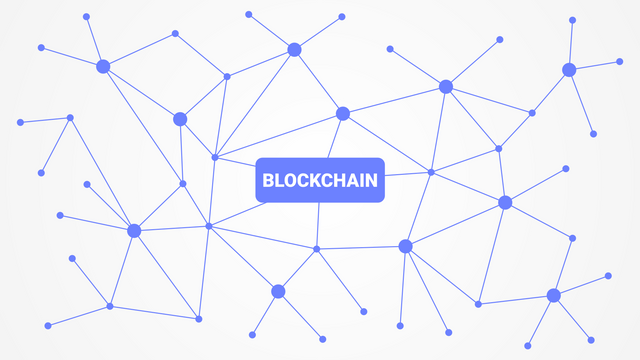
Introduction:
In the world of technology, the blockchain has emerged as a revolutionary tool with the power to transform how we establish and maintain integrity in distributed systems. In this blog post, we will delve into the core problem that the blockchain aims to solve, its importance in the realm of distributed systems, and the critical role it plays in ensuring trust, integrity, and ownership management. By the end of this article, you will gain a comprehensive understanding of why the blockchain is not just a buzzword, but a vital necessity.
Discovering the Core Problem:
Attempting to organize a group of independent individuals is often likened to herding cats - a challenging task due to the absence of a central authority. Similarly, purely distributed peer-to-peer systems face the obstacle of coordinating individual nodes without a central control or coordination. This raises the question: why is maintaining integrity in such systems, particularly distributed peer-to-peer networks, such a formidable challenge? Let's explore this further.
Trust and Integrity in Peer-to-Peer Systems:
Trust and integrity are interconnected facets when it comes to software systems. Integrity encompasses the nonfunctional aspects of a system, ensuring its safety, completeness, correctness, and freedom from errors. Trust, on the other hand, is the firm belief in the reliability and truth of someone or something. In the context of peer-to-peer systems, trust plays a crucial role in attracting and retaining users, while integrity is essential for fulfilling user expectations and reinforcing trust. The major concern then becomes: how can we achieve and maintain integrity in purely distributed peer-to-peer systems?
Factors Affecting Integrity:
Achieving and maintaining integrity in distributed systems relies on several factors, with two key ones being the knowledge about the number of nodes or peers and their trustworthiness. The likelihood of achieving integrity increases when we have information about the number of nodes and can assess their trustworthiness. Conversely, the greatest challenge arises in situations where the number of nodes and their trustworthiness remain unknown, such as in open peer-to-peer systems on the Internet.
Conclusion:
The blockchain has emerged as a powerful solution to the challenge of maintaining integrity in distributed systems. By leveraging its decentralized and transparent nature, the blockchain ensures trust, immutability, and reliability in purely distributed peer-to-peer networks. Understanding the core problem that the blockchain addresses and its relationship with trust and integrity is vital in realizing the significance of this technology. As we navigate the ever-evolving landscape of technology, the blockchain stands as a critical tool in achieving and maintaining integrity in the digital age.